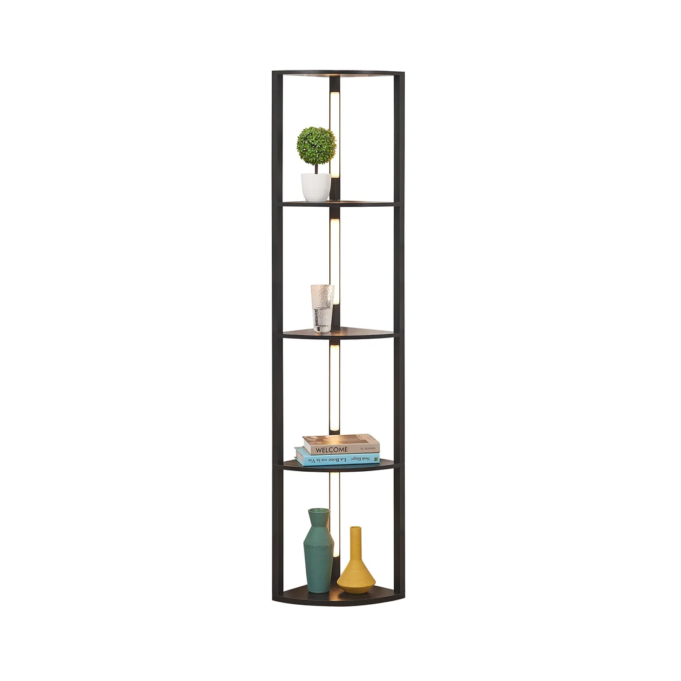Last Updated on April 20, 2024 by Saira Farman
It’s winter, which means a few things: Christmas lights, more interior lighting (since it’s darker at this time of year), and more heating.
Those things have something else in common, but it has nothing to do with winter. What they have in common is they all burn energy.
That costs money and contributes to the global climate crisis. Fortunately, there are things you can do at home to help prevent the overuse of electricity, killing two birds with one stone.
Choose the Right Lamp (Upgrading to an LED Corner Floor Lamp Never Seemed So Practical)
Since it’s the winter, it’s natural to be keeping the lights on for longer, especially in the evening when there’s still a lot to accomplish and it gets dark earlier.
But that costs money and wastes electricity, especially if you’re using a higher-wattage bulb or an incandescent or halogen lamp.
There are two practical things you can do. Downgrade to a lower wattage bulb, or invest in more energy-efficient lighting technology like LEDs.
For instance, if you’re currently using 100W or 60W bulbs, downgrade to a 40W bulb; or just use less lighting.
You can also (and this idea is best) upgrade to LEDs. That LED corner floor lamp in your living room is probably 75% more efficient than an incandescent, never mind the fact that it will last years and years longer.
Slay the Vampire (Power)
We know Halloween’s over, but that doesn’t mean the spooky season is fully out the door – especially with lingering vampire (power, that is) gobbling up energy resources.
Vampire power is what happens when chargers that remain plugged in, or electronics that remain on (“off” but in standby mode, such as TVs and computers) continue to draw power.
Think about when you touch a charging block and it’s warm. Even if there’s nothing plugged in, it’s wasting electricity.
Vampire power is extremely wasteful. Some estimates suggest that across the country vampire power draws the entire equivalent consumption of 12 power plants per year.
All you need to do is unplug the electronics when you’re not using them, including the charging blocks.
Also, to make it easier, consider installing a power strip so you can shut everything down at once.
Improve Your Home’s Insulation
It might not be practical to turn down the heat (who knows, it could be really cold where you live!) but you may be able to do something about the quality of your home’s insulation.
Windows are a big loss area, and tons of heat escapes them. Hang up heavy thermal drapes to keep the heat in, or consider installing weather strips around the corners where heat escapes.
The same thing goes for doors. Underneath and around the edges of entryways, heat will leak like a sieve. Place down thermal strips.
Another thing you can consider doing (if your home is built on a slab) is to place down area rugs in the winter, especially over stone, tile, and wood floors. You won’t lose a lot of heat through the floor, but area rugs will still keep some in.
Put the Christmas Lights on Timers
Last but not least, now is the time of year when most people around the country have up a whole load of lights.
These lights, just like the lights in your LED corner floor lamp in your living room or bedroom, burn energy – and they shouldn’t be on all the time.
But manually switching them on and off almost makes it a certainty that at some point or other you will forget.
Put them on a timer or at least a remote control so you can easily switch them off at night before you go to bed – or they will go off on their own, which is better.
For more information about Lamp With Shelves Please visit: Fenlo







